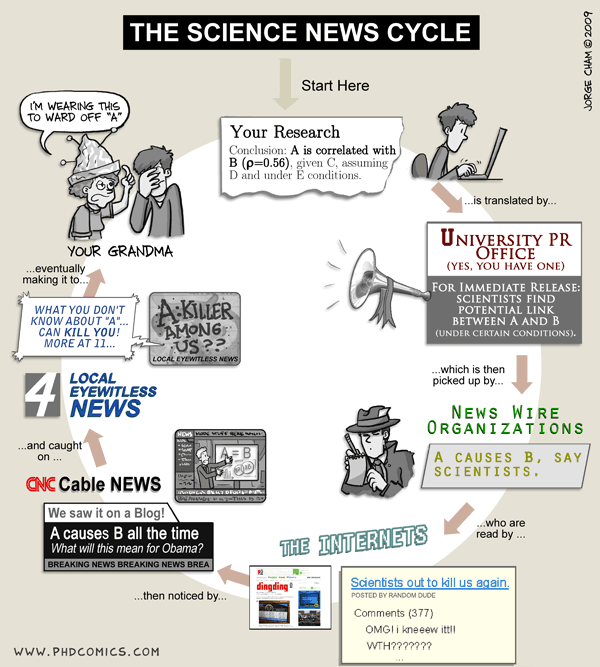[ratings]
Here is an excerpt of a philosophical lecture series going on at my institution:
The Mangoletsi Lectures 2009: God, Science and Philosophy
Peter van Inwagen, John Cardinal O’Hara Professor of Philosophy, University of Notre Dame
Lecture 4: God and Science II
I return to the topic of a possible scientific disproof of the existence of God. Unlike the discussion in the first lecture, this lecture considers a particular scientific theory in detail—the Darwinian theory of evolution. I give a statement of the theory, present some reasons for being skeptical about whether it is in every respect true, and present an argument for the conclusion that, whether the theory is true or false, its truth is consistent with the thesis that the universe was created by an intelligent being. Finally, I defend a stronger position than the consistency of the Darwinian theory with the existence of an intelligent creator; I defend the thesis that, if the Darwinian theory were true and known to be true, our knowing that it was true would not provide us with any reason to believe that the universe does not have an intelligent creator.
—
He takes a Papal line by stating, ‘I defend the thesis that, if the Darwinian theory were true and known to be true, our knowing that it was true would not provide us with any reason to believe that the universe does not have an intelligent creator‘.
His erroneous use of the phraseology ‘if the theory were true and known to be true‘ demonstrates a fundamental disconnect in this man’s understanding of science. What we can say is ‘the theory is not false, and has been shown (countless times) to not be false’.
What he appears to be saying is, if you can’t disprove the existence of God, then ipso facto, he exists. It is a tenuous, and rather Catholic, position he hopes to defend, that demonstrating the validity of the theory of evolution, as we have, does not give us any reason to believe there isn’t still an intelligent creator. You could just as soon state the opposite. Obviously the existence of God is not open to scientific testing as no testable hypothesis could realistically be formulated; however, we can (and have) amassed enough data to obviate a need for a God in the equation.
Obviously he’s left himself some wriggle room in the form of, ‘its truth [the theory of evolution] is consistent with the thesis that the universe was created by an intelligent being‘; yes, sure, if you want to fudge it into your own creation story go ahead. It could be consistent with whatever you like, feel free to merge the rigorous science with anecdotal and fantastic origins theory, but this does not give it any more meaning, you’re merely hand-waving on the bits for which you have no explanation, i.e. the origins of life (which evolution in itself does not describe).
Meanwhile scientists will continue to remain curious and investigate the actual origins, rather than making up answers.



